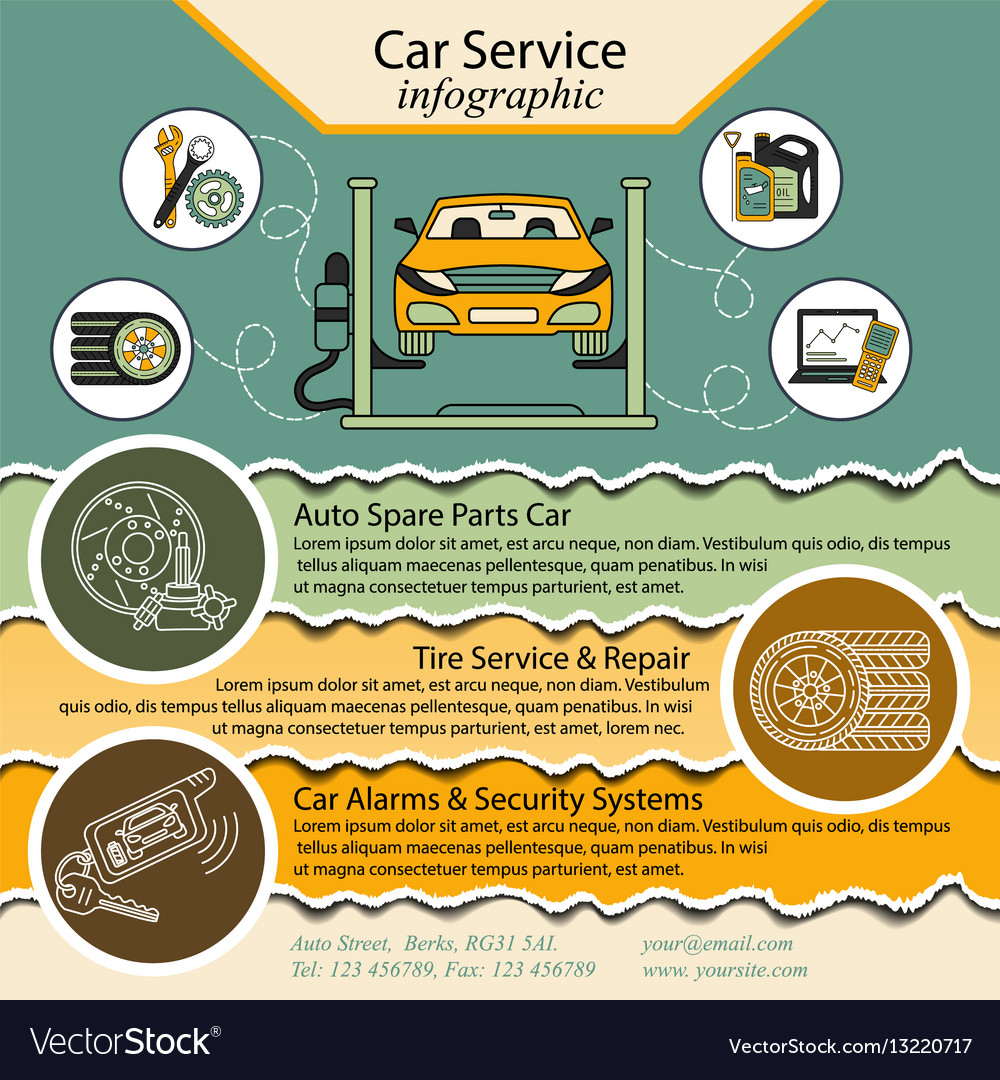Eager To Understand What The Control Panel Warning Lights In Your Vehicle Indicate? Discover Their Meanings For The Well-Being And Safety And Security Of Your Vehicle
Eager To Understand What The Control Panel Warning Lights In Your Vehicle Indicate? Discover Their Meanings For The Well-Being And Safety And Security Of Your Vehicle
Blog Article
Writer-Hartley Kejser
When you lag the wheel, those radiant warning lights on your dashboard can be a bit perplexing. Do you know what they're trying to inform you concerning your automobile's health and wellness? Understanding the significance of these lights is crucial for your safety and security and the long life of your vehicle. So, Recommended Web-site following time one of those lights appears, would not you intend to analyze its message accurately and take the required actions to address it?
Common Caution Lights and Interpretations
Determine typical warning lights in your auto and comprehend their significances to make certain risk-free driving.
The most typical warning lights consist of the check engine light, which signals issues with the engine or exhausts system. If this light begins, it's critical to have your lorry inspected promptly.
The oil stress alerting light indicates low oil pressure, needing instant interest to prevent engine damages.
A flashing battery light might recommend a faulty charging system, potentially leaving you stranded otherwise addressed.
The tire pressure tracking system (TPMS) light informs you to reduced tire stress, influencing car security and fuel performance. Disregarding this could bring about risky driving conditions.
The abdominal muscle light indicates a trouble with the anti-lock braking system, compromising your capacity to stop quickly in emergencies.
Last but not least, the coolant temperature level cautioning light warns of engine getting too hot, which can lead to extreme damage if not solved swiftly.
Recognizing these common caution lights will help you resolve problems without delay and preserve safe driving conditions.
Significance of Prompt Attention
Recognizing the typical caution lights in your automobile is just the primary step; the significance of without delay dealing with these cautions can't be stressed sufficient to guarantee your security when traveling.
When a warning light brightens on your control panel, it's your auto's means of interacting a potential concern that needs attention. Ignoring these warnings can bring about much more serious issues in the future, compromising your safety and security and potentially costing you extra out of commission.
Motivate focus to warning lights can avoid breakdowns and accidents. As an example, a blinking check engine light could indicate a misfire that, if left neglected, might create damage to the catalytic converter. Resolving this without delay can conserve you from a costly repair.
In a similar way, a brake system alerting light could signal reduced brake liquid or used brake pads, important elements for your security when driving.
Do It Yourself Troubleshooting Tips
If you see a warning light on your control panel, there are a few do it yourself troubleshooting ideas you can attempt prior to seeking expert help.
The primary step is to consult your car's manual to understand what the particular caution light shows. Often the problem can be as easy as a loose gas cap setting off the check engine light. Tightening the gas cap may settle the trouble.
An additional usual concern is a low battery, which can cause different cautioning lights. Checking the battery connections for rust and ensuring they're protected could repair the problem.
If a warning light persists, you can try resetting it by detaching the auto's battery for a couple of minutes and after that reconnecting it. Additionally, checking your automobile's liquid degrees, such as oil, coolant, and brake liquid, can help fix warning lights connected to these systems.
Final thought
To conclude, understanding your cars and truck's warning lights is vital for maintaining your vehicle running smoothly and securely. By quickly resolving these signals and knowing what they suggest, you can prevent expensive fixings and prospective malfunctions.
Keep in mind to consult your vehicle's manual for certain details on each cautioning light and act as necessary to make certain a hassle-free driving experience.
Keep notified, remain secure on the road!
